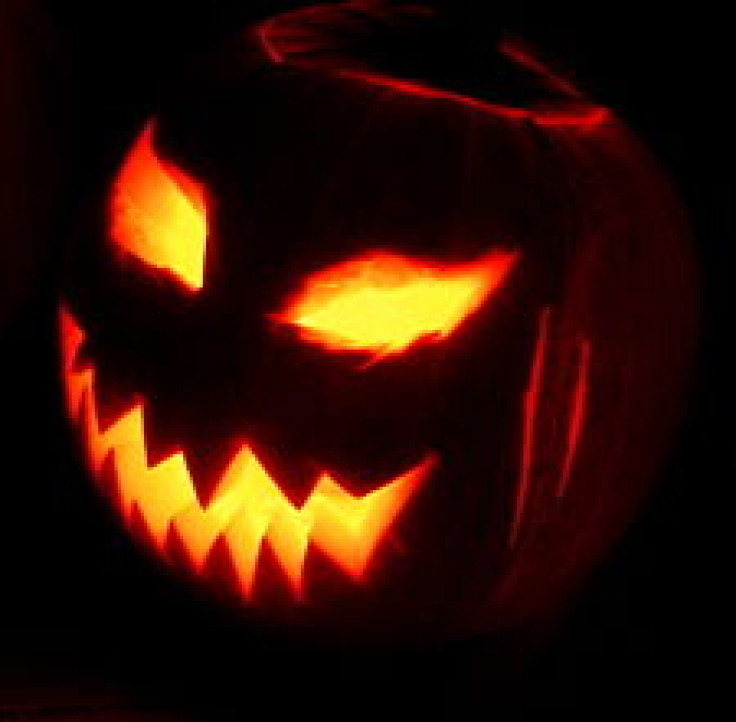Halloween History, From Europe to America

Today, Halloween is a day of tricks, treats, candy, pumpkin-carving, cider-drinking and costume-wearing, but the holiday has evolved as it went from a mostly European to mostly American holiday.
Many Halloween traditions have been added to the holiday, including the Irish-Scottish myth of “Stingy Jack,” from which “Jack O'Lanterns” are thought to have derived. The ancient pagan Celts hollowed out turnips for the autumn Samhain festival, which gave way to Jack o'lanterns being made of pumpkins.
Superstitions about witches and black cats were added to Halloween myths mostly during medieval times. People thought cats, especially black cats, were evil and killed the animals in excess. It is believed that the shortage of cats lead to an influx of rats that eventually spread the 14th-century Black Plague. Also around this time, the church exacerbated the suspicion of witches, for which many people were hunted and killed.
Closely following Halloween is Guy Fawkes Day, celebrated in Britain on Nov. 5. It commemorates the day in 1605 when Fawkes attempted to blow up James I and the British Parliament. Protestants who dropped the Catholic veneration of saints grafted All Hallows Eve traditions onto Guy Fawkes Day instead.
Guy Fawkes Day was eventually forgotten in America as the colonies became the United Statess. Catholic, Anglican and pagan Halloween practices were not widespread in the mostly Protestant early America, but were observed in some Southern colonies like Virginia and Maryland as a celebration of harvest.
As immigration increased by the mid 1800's, many Irish Catholics brought their Halloween traditions with them, and campaigned for the holiday to be incorporated into American culture. Through adding Halloween and All Saints Day to calendars, magazines and newspapers, the holidays became more popular. Instead of turnips, Jack O'Lanterns were soon made out of pumpkins, as the latter were more common in America.
By the 1950’s Halloween was considered a secular holiday and became commercialized by the Peanuts comics and United Nations Children's Fund. The organization’s campaign urged children to collect money during the Halloween season for underprivileged children around the world.
Halloween is now the country's second biggest commercial holiday, after Christmas, with spending at approximately $6.9 billion a year.
Learn more about Halloween: Pagan Beginnings, Roman and Christian Influences.
© Copyright IBTimes 2024. All rights reserved.












